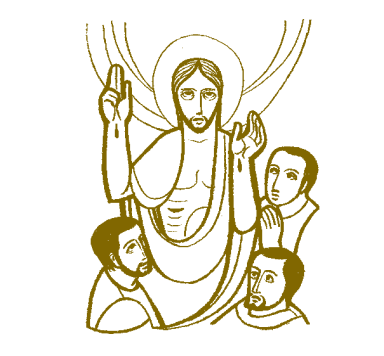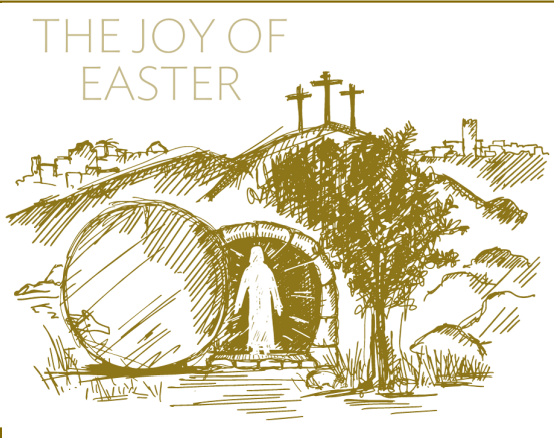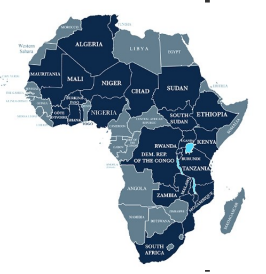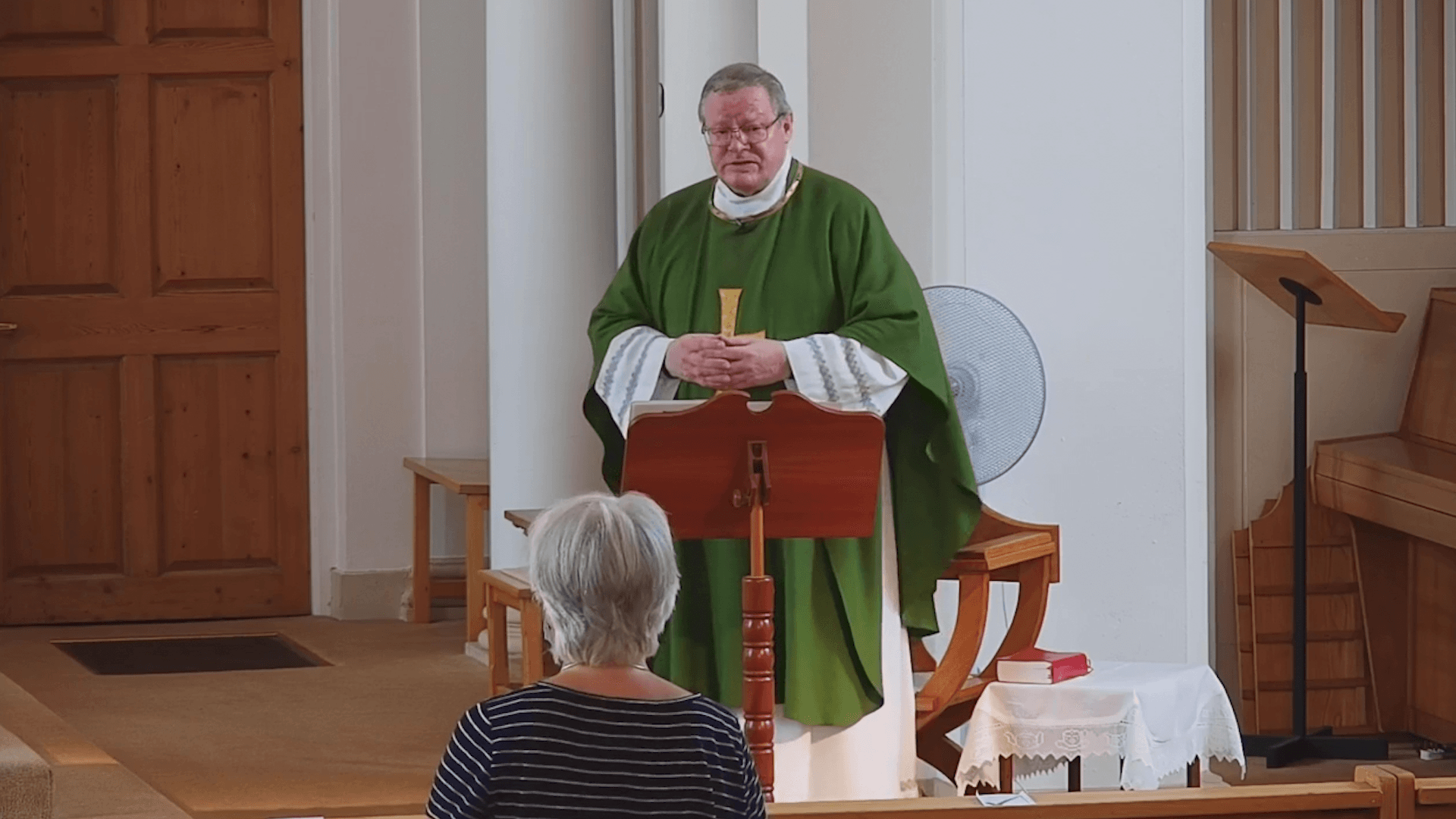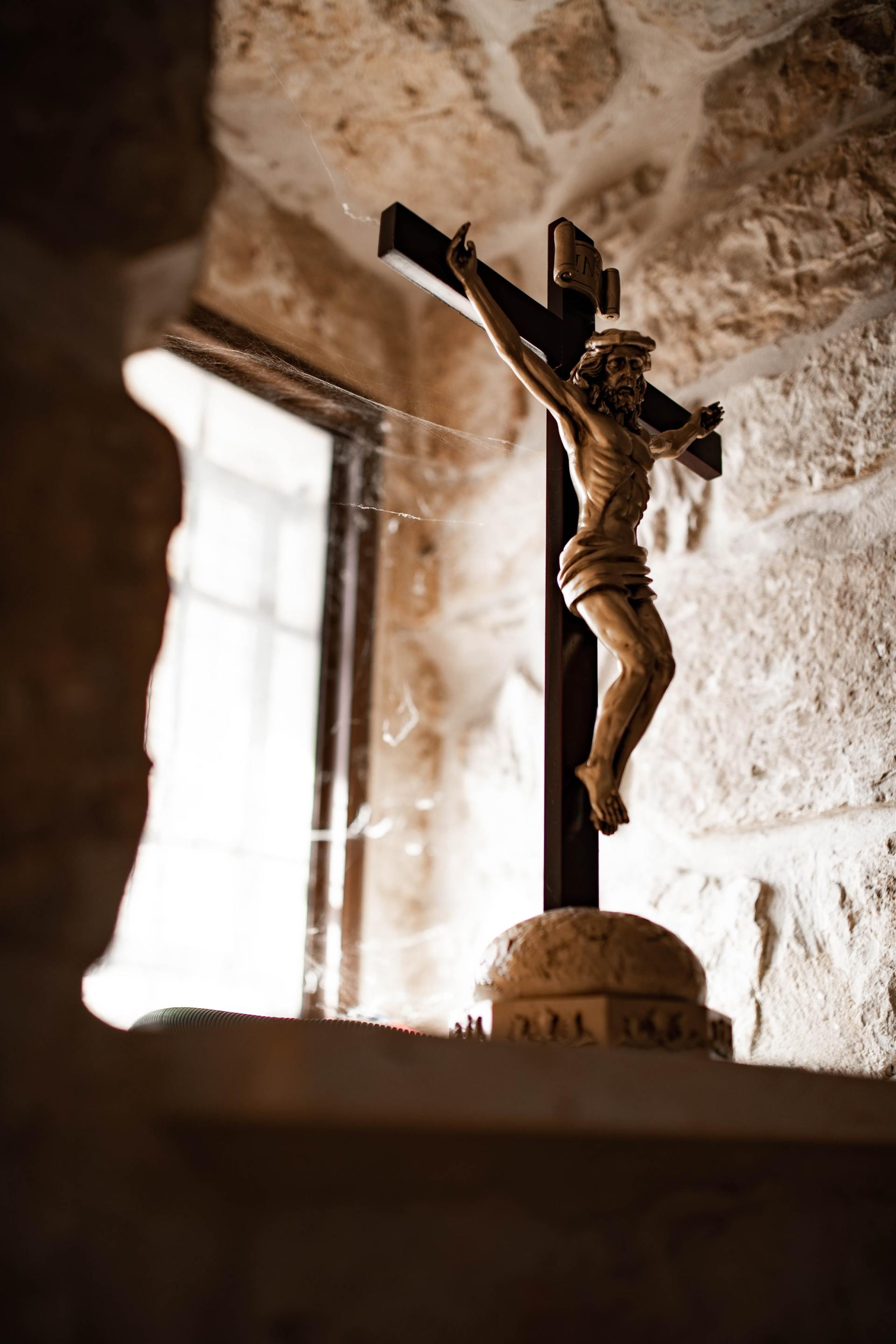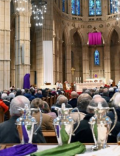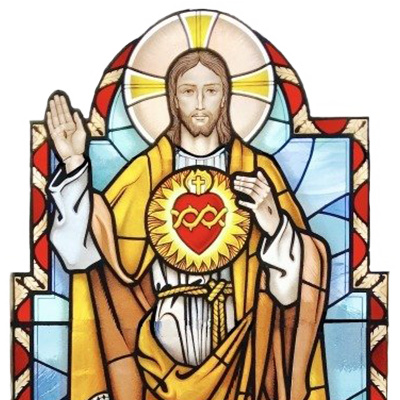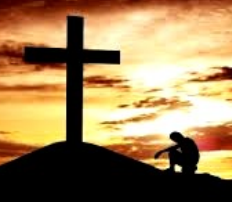A rocky character? . . .(21st Sunday of Ordinary Time Year A)
The Gospel reading picks up on images of keys and a key holder from the first reading from Isaiah. Keys signify ultimate power over the palace; the one with the keys has the authority to decide who is allowed in and who is kept out. When Jesus promises Peter the “keys to the kingdom of heaven,” he raises him to a place of high authority as well. This is the Gospel passage that gives us the image of St. Peter guarding the “pearly gates” and controlling access to heaven.
Matthew, Mark, and Luke all include this Gospel story of Jesus asking his disciples who the people think he is. They all include Peter’s correct answer that Jesus is the Christ, the Messiah, the Son of God. It is only Matthew’s Gospel that incorporates the next few verses upholding Peter as the foundation of the church and the “keeper of the keys” to the kingdom of heaven.
Catholics look back to this story as the basis for their belief in Peter as the first pope and the idea of apostolic succession. Traditionally it has been understood that in this exchange, Jesus made Peter the primary apostle. Later, Peter transferred his authority to another man, who transferred it to another, and so on, down through all the bishops of Rome, the successive popes. Other Christians do not accept Peter’s primacy or the idea that the pope’s authority can be traced back in an unbroken line to Peter.
Regardless of whether one believes in the idea of apostolic succession, it is good to note the play on words in the nickname Jesus gave to Simon. Peter in Greek is Petros, which is related to the word petra “rock.” This story suggests Peter’s ability to be a rock-solid foundation for the church. Just a few verses after this reading, though, Jesus orders Peter, “Get behind me, Satan! You are a stumbling block to me” (Mt. 16:23), another play on Peter’s “rock” nickname. So Peter, like all human leaders, has the potential to be a solid foundation for God’s kingdom in the world, and the potential to be in opposition to that kingdom. Even though Jesus praises Peter in this story, Peter will always remain human. The same can be said for every pope we have ever had.
Questions of the Week
• If Peter had a “rocky” nature that had the potential for greatness, but also could pose as a stumbling block, what characteristic(s) do you have which have potential for good but also for harm?
• In thinking of church leaders in your lifetime, who has demonstrated the ability to be a strong foundation for you and the greater church? How so?
